Search
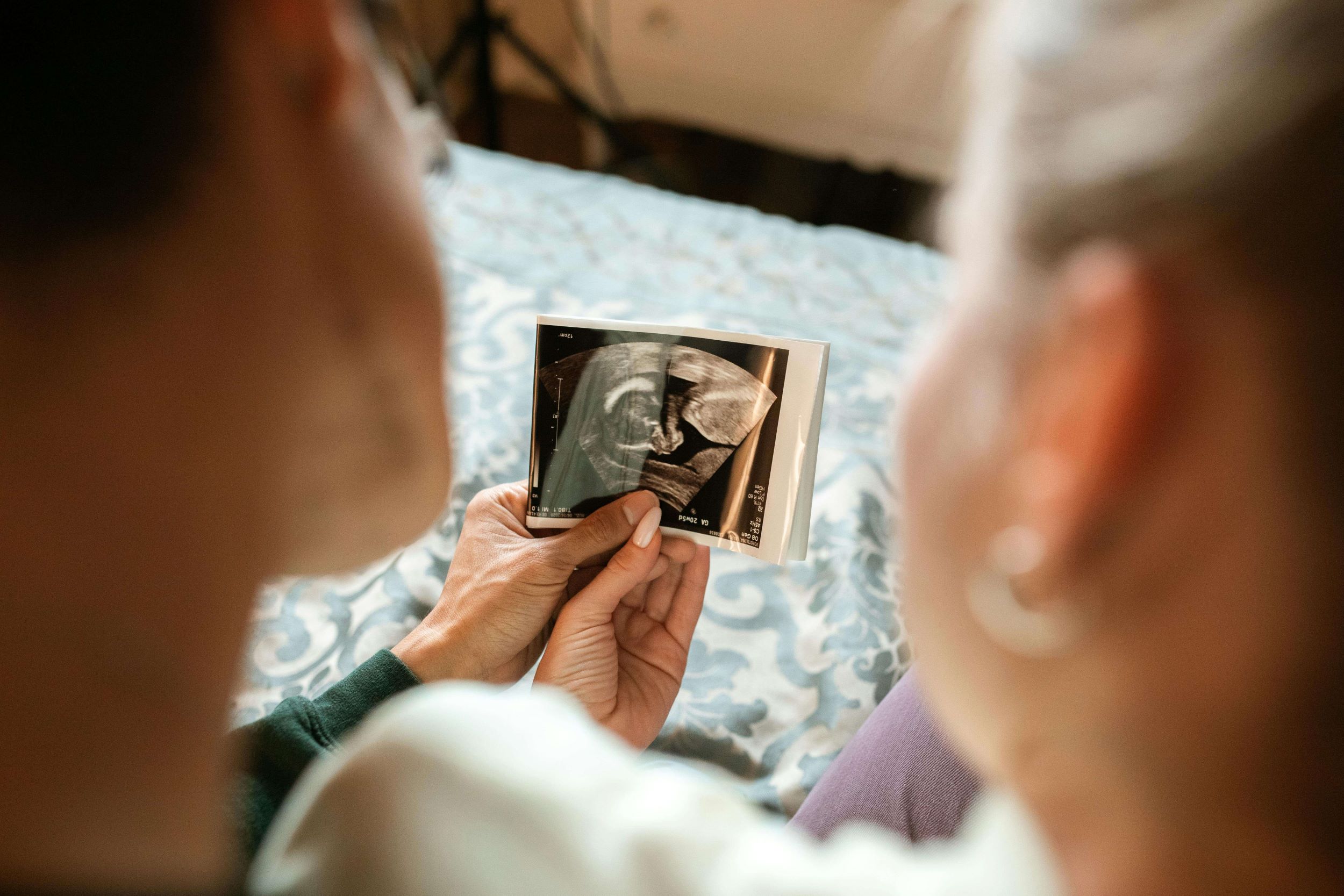
This research aims to examine subfertility in a population pregnancy cohort, analysing the underlying differences between sub fertile couples who conceive naturally, sub fertile couples who conceive using ART or non-IVF, and fertile couples.

Enhancing psychological wellbeing in families from pregnancy to infancy
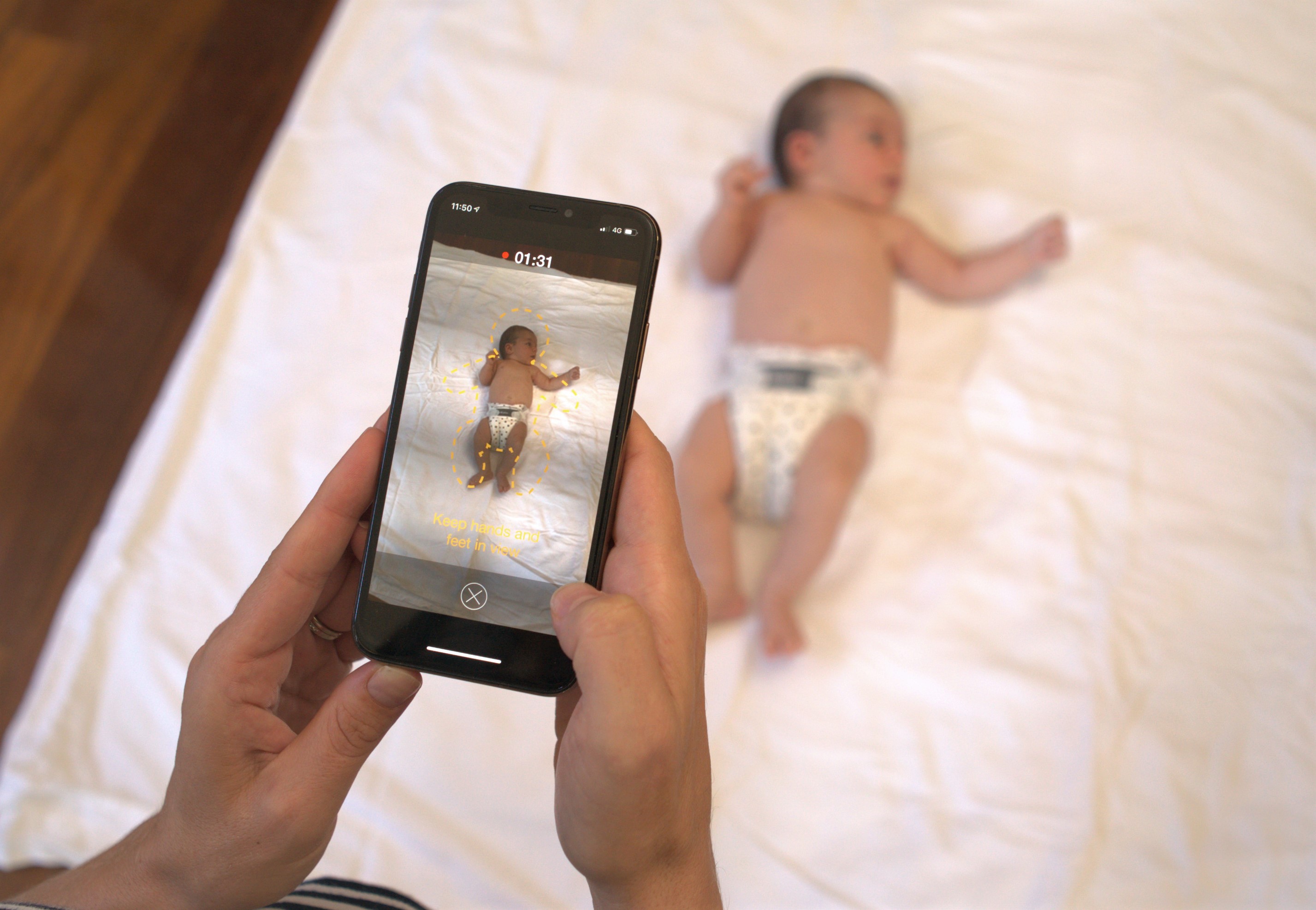
Can baby’s early movements predict learning difficulties later in childhood?
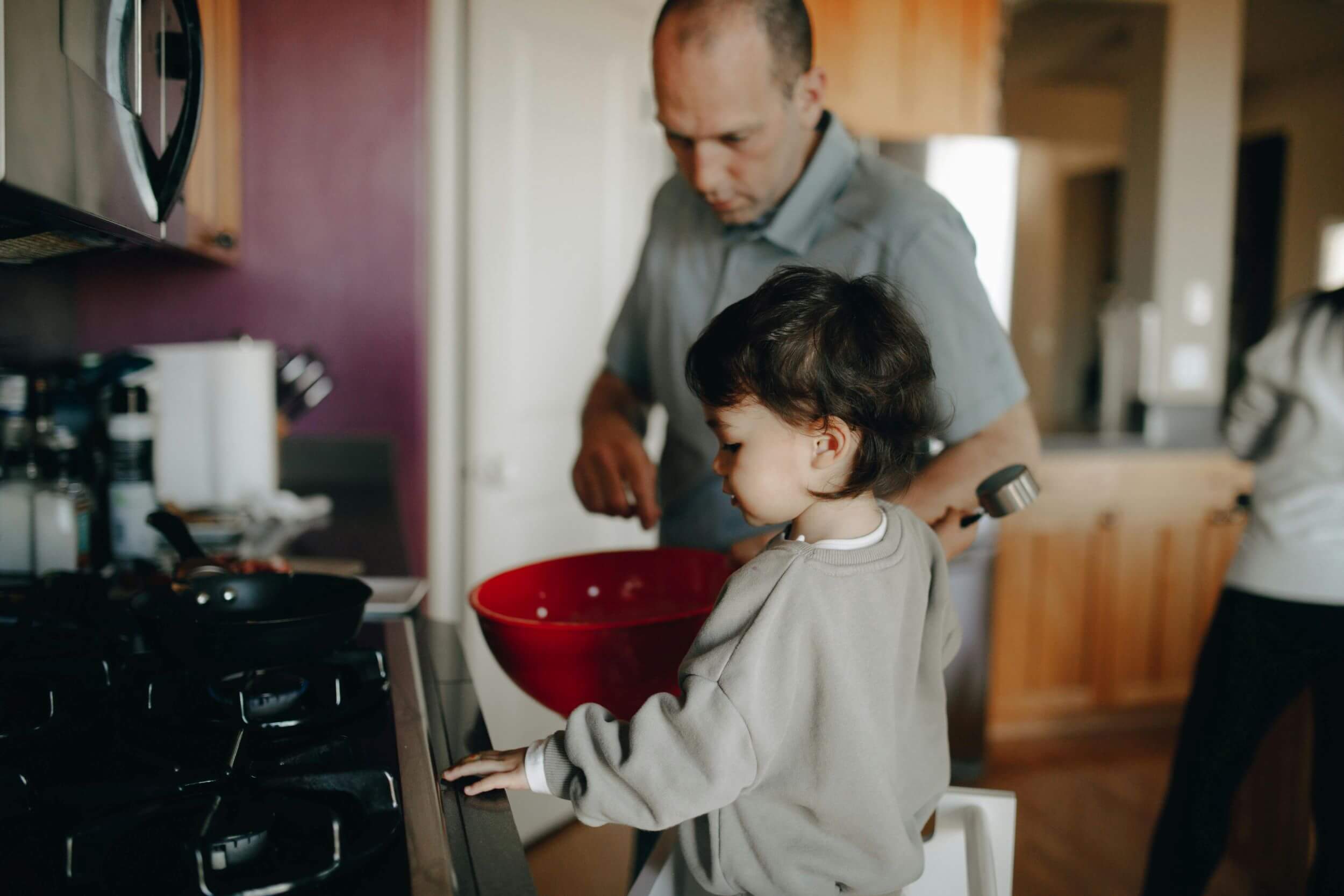
This project aims to investigate the impact of a non-severe burn injury on children's health for life.

Does eating cashew nut spreads in the first year of life reduce the chances a baby will develop a cashew nut food allergy?
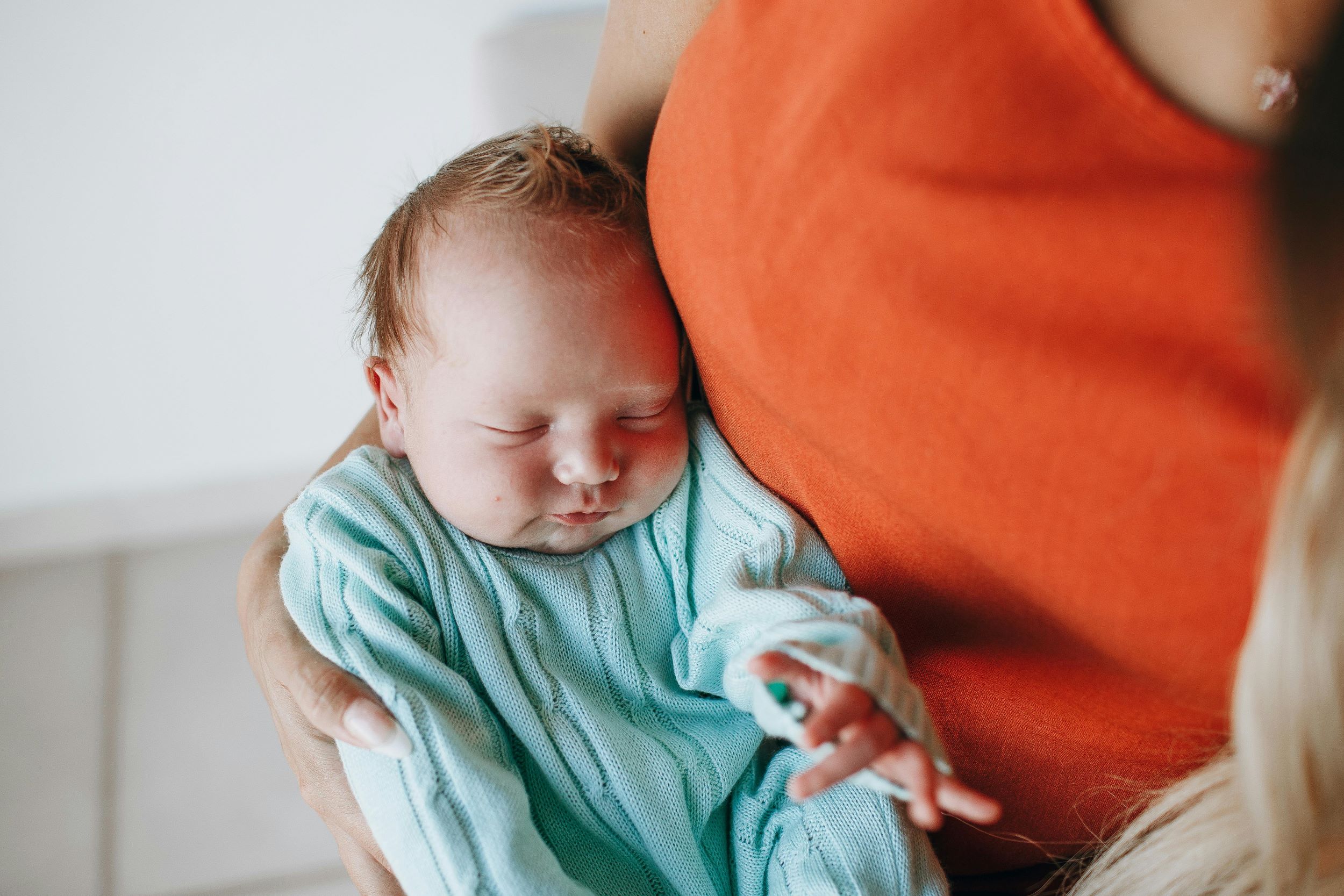
This study explores the role of infant sleep in early childhood development.
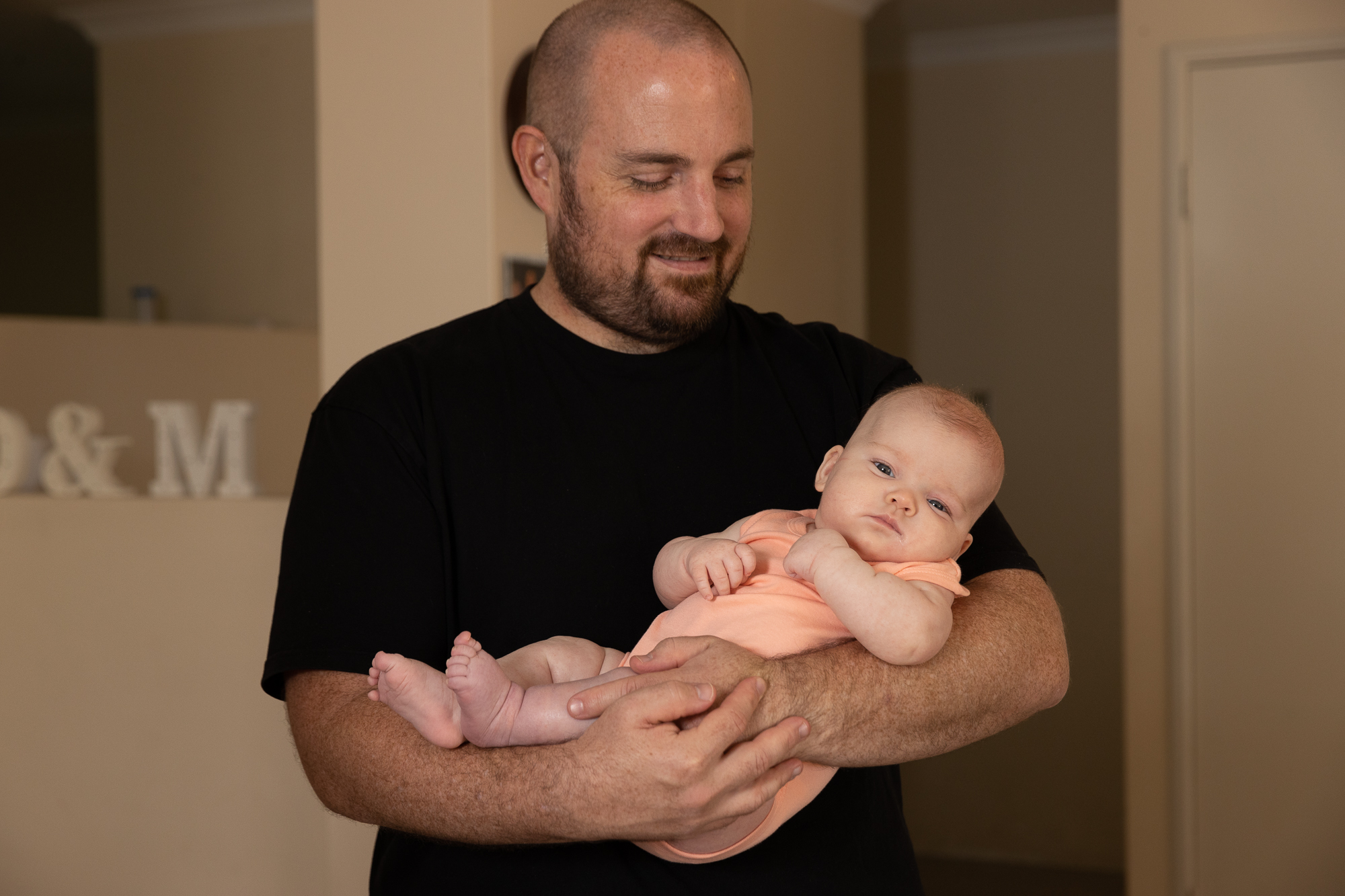
Providing expectant and new Dads with a health check-up

ORIGINS is no longer offering courier services or home collection of samples.
See an overview of the people involved in the Children's Diabetes Centre, including co-directors, research focus area leads, research staff and students
Privacy policy
